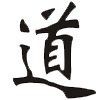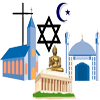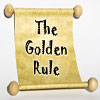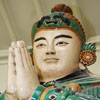Tao Te Ching
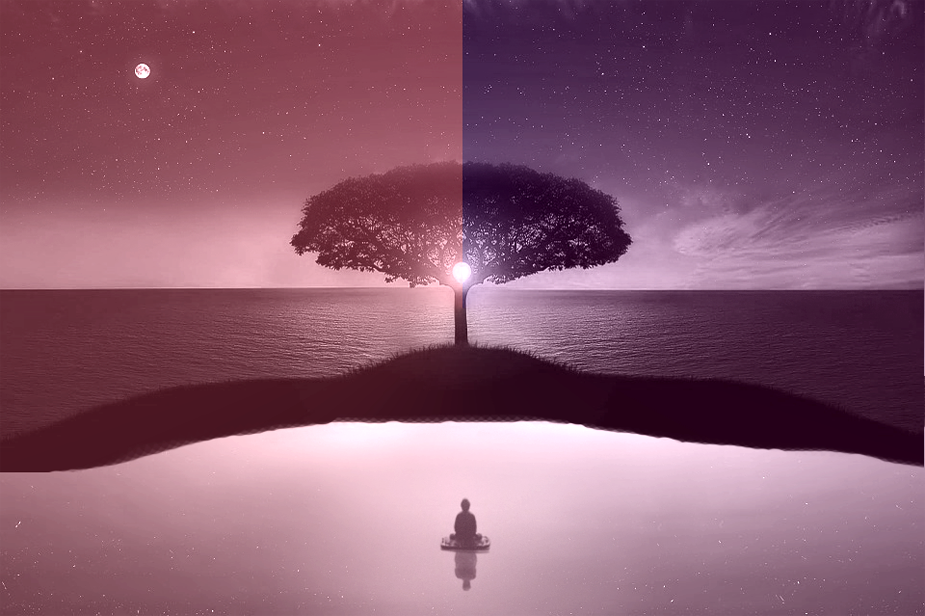 by A. Sutherland
by A. Sutherland
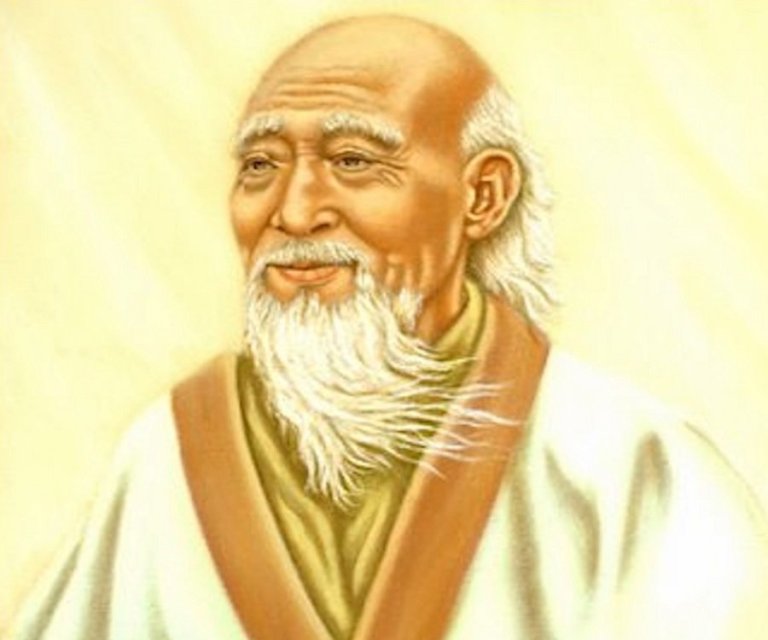 Lao Tzu (Laozi or Lao-tze), known as the Old Master, was an ancient Chinese philosopher, almighty sage, creator of Taoism and author of the Tao Te Ching (Daodejing), one of the most important books of Taoism, both religious and philosophical.
Lao Tzu (Laozi or Lao-tze), known as the Old Master, was an ancient Chinese philosopher, almighty sage, creator of Taoism and author of the Tao Te Ching (Daodejing), one of the most important books of Taoism, both religious and philosophical.
Tao Te Ching, is a Chinese classic text traditionally credited to the 6th-century BC; the work of a source of inspiration that inspired many artists including poets, painters, calligraphers, and gardeners.
The period of life of this legendary figure is typically dated to the sixth century BC, which means that Lao Tzu was contemporary with Confucius. One legend claims he was an older contemporary of Confucius, who supposedly left an account of meeting Lao Tzu, in which Confucius likened Lao Tzu’s mysterious presence to that of a dragon.
Lao Tzu’s greatest legacy given to the Taoists is the knowledge of immortality, the path to the practical achievement of immortality. In folk beliefs, he is considered the patron saint of spell casters, blacksmiths, jewelers, grinders, and craftsmen.
No doubt, Lao Tzu is a central figure in Chinese culture and many legends are related to this remarkable personality. Along with the creation of Taoism, Lao Tzu was considered a cosmic and divine being.
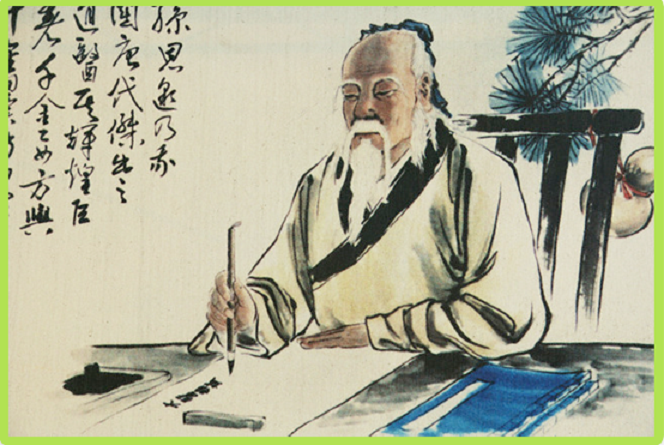 Legends About Lao Tzu Appeared Much Later
Legends About Lao Tzu Appeared Much Later
Legends surround this remarkable and highly mysterious figure from the distant past. In his fascinating book “Lost Cities of China, Central Asia and India”, David Hatcher Childress writes that “the great Chinese philosopher, Lao Tzu, often talked of the “Ancient Ones” in his writings, much as Confucius did.
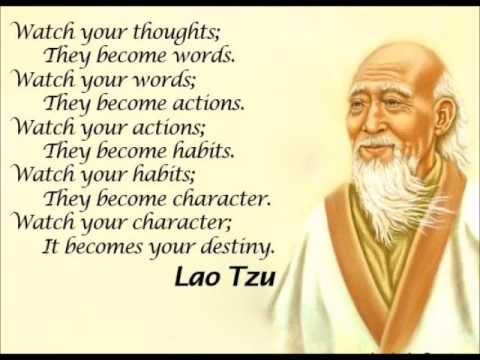 “They were wise and knowledgeable, human beings that were as Gods – powerful, good, loving, and all-knowing…. When he finally left China, at the close of his very long life, he journeyed to the west, to the legendary land of Hsi Wang Mu, which may have been the headquarters of the “Ancient Ones,” the Great White Brotherhood…”
“They were wise and knowledgeable, human beings that were as Gods – powerful, good, loving, and all-knowing…. When he finally left China, at the close of his very long life, he journeyed to the west, to the legendary land of Hsi Wang Mu, which may have been the headquarters of the “Ancient Ones,” the Great White Brotherhood…”
Other legends reveals that Lao Tzu (in some versions after his death), traveled across the Himalayas, came to India, where he became a teacher of Gautama Buddha (or even his father). Such views are not supported by Buddhists, however, and in their historical records there is no evidence, or even clues, pointing to Lao Tzu as Buddha’s teacher.
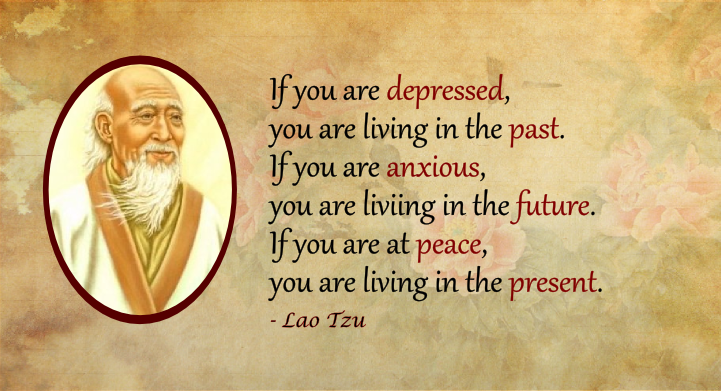 Later, during the Han Dynasty (206 BC – 220 AD), Lao Tzu began to be seen as a deity. Since then, he has been portrayed as immortal who achieved superhuman powers thanks to appropriate exercises.
Later, during the Han Dynasty (206 BC – 220 AD), Lao Tzu began to be seen as a deity. Since then, he has been portrayed as immortal who achieved superhuman powers thanks to appropriate exercises.
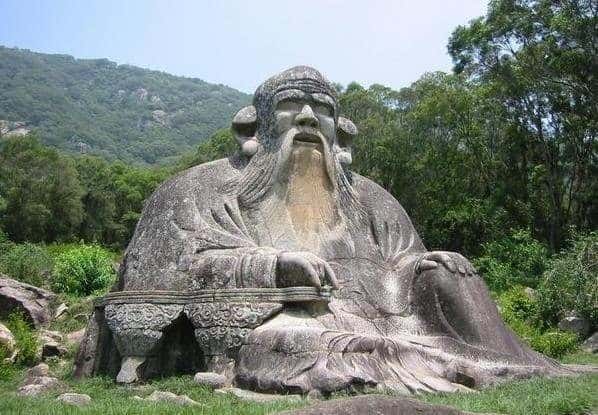 Life Of Lao Tzu
Life Of Lao Tzu
All the information we possess about him, is highly inconclusive, so he is lost in the mists of early Chinese history. In one version of his story, he was born on September 14, 604 BC in the kingdom of Ch’u, after being conceived by a falling star, or from solar energy collected in a five-color pearl swallowed by his mother). After spending 62 years in her womb, he finally appeared as a silver-haired sage who began to make philosophical pronouncements.
In another, he was born to a cultural family living at K’uhsien in 571 BC. He became the keeper of the imperial archives and this occupation allowed him to spend much time to develop his philosophical ideas.
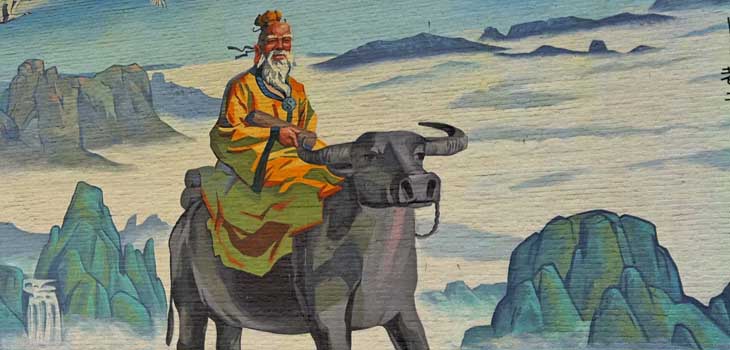 Lao Tzu Decided To Leave China
Lao Tzu Decided To Leave China
Sometime in middle to his late life, Lao Tzu became deeply disappointed with the society, and decided to leave. He mounted a water buffalo to ride west toward Tibet, where he would live in solitude. As he was leaving at one of the border posts of China, a gatekeeper tried to talk him out of becoming a hermit in his old age and asked him to turn back to his people. Lao Tzu refused.
The gatekeeper then persuaded him to at least write down his thoughts before he abandoned civilization, and this Lao Tzu agreed to do.
 After three days, he returned to the gatekeeper with a small book, the Tao Te Ching, containing 81 poems about virtue and the way, originally written in Chinese. The entire text includes between 5227 and 5722 Chinese characters. Thus, Lao Tzu’s wisdom was not lost.
After three days, he returned to the gatekeeper with a small book, the Tao Te Ching, containing 81 poems about virtue and the way, originally written in Chinese. The entire text includes between 5227 and 5722 Chinese characters. Thus, Lao Tzu’s wisdom was not lost.
Then, the sage was free to pass beyond the gate. He went on to unknown destinies, and was never heard from again. Other sources say that the Old Master did not leave China at all, and his grave is in his native village, now called Luyi, where his mother is also buried.
The exact time and place of his death remain unknown.
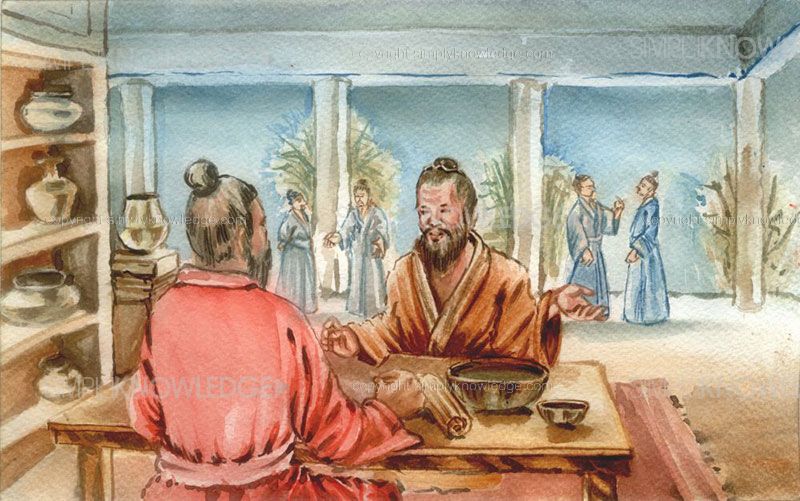 Lao Tzu Was Not A Preacher
Lao Tzu Was Not A Preacher
Lao Tzu preached to no one and he did not collect followers in his lifetime. He lived quietly and discreetly almost his entire long life of more than 80 years, and ultimately turned his back on society to live a simple life of peace and contemplation.
He avoided fame, lived in isolation. He was modest, gentle and he was not interested in honors and riches.
The whole collective image of Lao Tzu, the Chinese philosopher is filled with symbolism. In Taoist legends, Lao Tzu represents the embodiment of wisdom and contemplative beginnings.
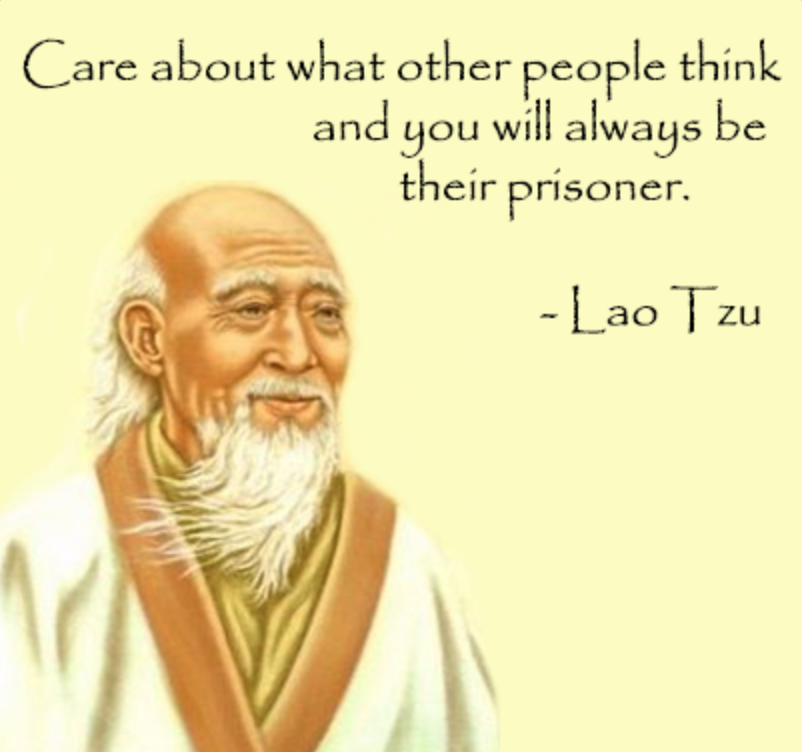 There are memorable places of Lao Tzu, revered by Taoists. For example, Terrace Louguan is the most ancient cult complex where Taoism originated. Another sacred place for Taoists is Mount Laoshan with Taoist ancient temples, located on its slopes. The famous monument of Lao Tzu is located in Fusham, China.
There are memorable places of Lao Tzu, revered by Taoists. For example, Terrace Louguan is the most ancient cult complex where Taoism originated. Another sacred place for Taoists is Mount Laoshan with Taoist ancient temples, located on its slopes. The famous monument of Lao Tzu is located in Fusham, China.
To everyone he met on his way, the sage said exactly the same: Be yourself, do your part. He set natural law above law. He preferred a simple and peaceful life without rules and any restrictions.
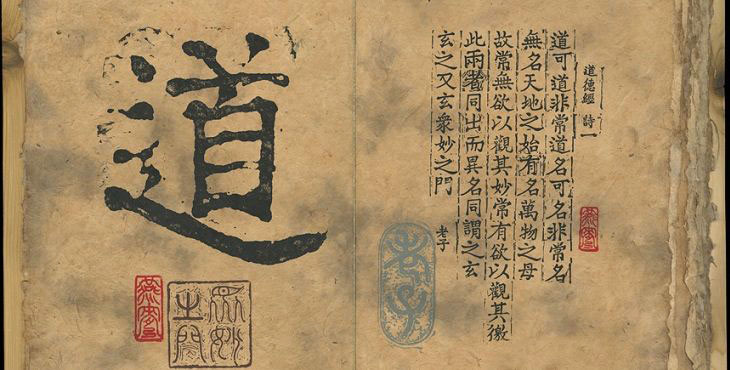 About The Tao Te Ching
About The Tao Te Ching
The Tao Te Ching was written in China roughly 2,500 years ago at about the same time when Buddha expounded the Dharma in India and Pythagoras taught in Greece. The Tao Te Ching is probably the most influential Chinese book of all times. Its 81 chapters have been translated into English more times than any other Chinese document.
The Tao Te Ching provides the basis for the philosophical school of Taoism, which is an important pillar of Chinese thought. Taoism teaches that there is one undivided truth at the root of all things. It literally means: tao (the way) te (strength/virtue) ching (scripture).
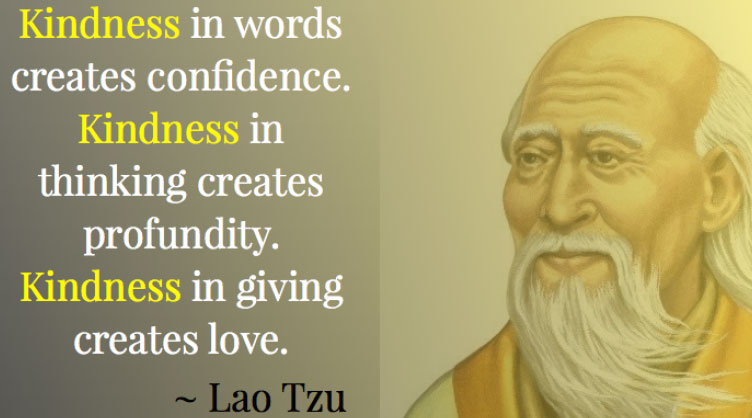 The verses of the Tao Te Ching are written in ancient Chinese, which is very different from English. Abstraction and logic are not distinguishing marks of the ancient Chinese language, hence, it is less rigid than English and there are very few formal or grammatical structures. The classical Chinese word does not stand for a single concrete idea, but it evokes associations of different ideas and things. Quite a few Chinese words can be used as nouns, adjectives and verbs at the same time. Thus sentences composed of various signs have a sort of suggestive power, evoking emotions, ideas and pictures.
The verses of the Tao Te Ching are written in ancient Chinese, which is very different from English. Abstraction and logic are not distinguishing marks of the ancient Chinese language, hence, it is less rigid than English and there are very few formal or grammatical structures. The classical Chinese word does not stand for a single concrete idea, but it evokes associations of different ideas and things. Quite a few Chinese words can be used as nouns, adjectives and verbs at the same time. Thus sentences composed of various signs have a sort of suggestive power, evoking emotions, ideas and pictures.
Tao Te Ching pdf download here.
Posted in Other Topicswith comments disabled.


